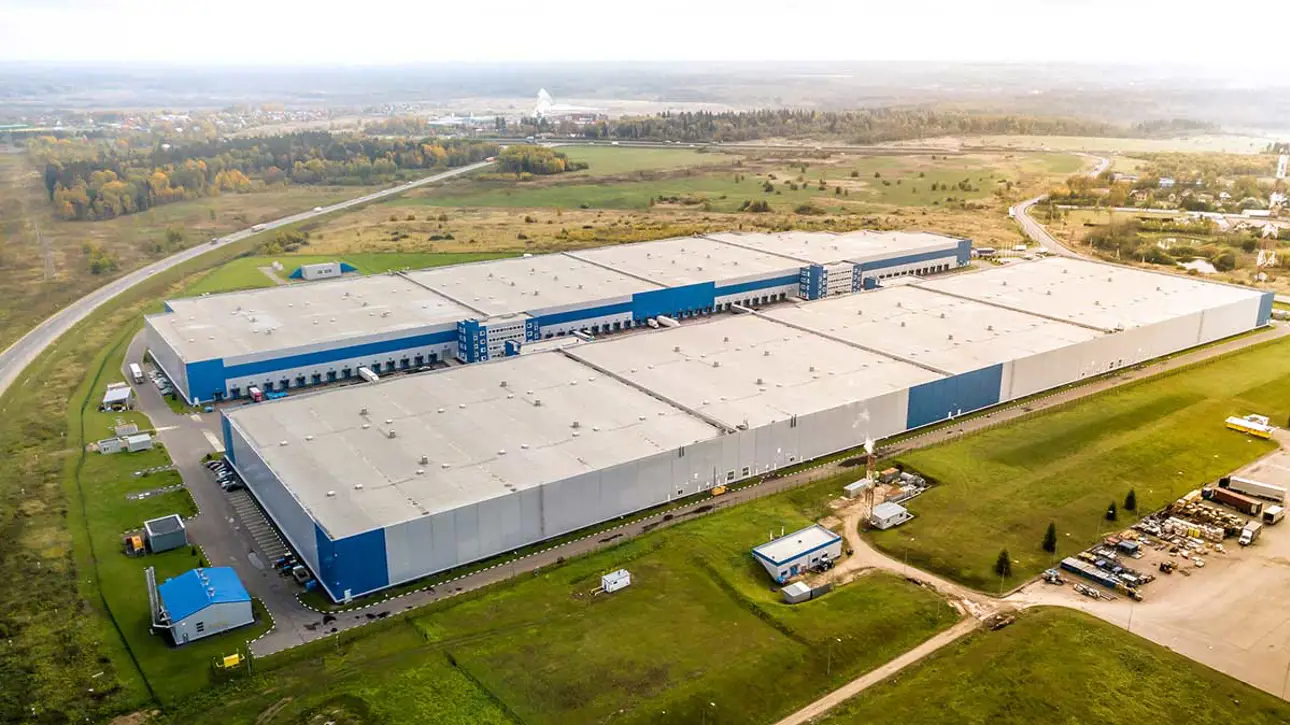The most successful businesses are the ones which can adapt as the world changes around them. As the external uncertainty grows, the confidence in business success can be found internally and through closer partner networks that are based on trust. Everyone should ask themselves, what are the fundamentals that ensure the continuation of the business despite unfortunate external factors. The question that every plant operator should ask is this: “Can we keep the plant operable, safe, and sustainable?” The answer is proper and timely maintenance.
Every device needs care, attention, and proper maintenance
A typical production line has hundreds, if not thousands of valves in operation. These devices come in many types and sizes, and each have their own function and performance requirements. What is common though, is that each one of them requires a maintenance or replacement at some part of their life cycle. High-performance devices, as well as those in demanding and critical parts of the production line, might require a more frequent service, but even the seemingly lesser important ones should have a maintenance plan.
Forgoing maintenance leads to an accumulation of wear and deterioration as well as to a higher risk of device failures. This, in turn, leads to a declining overall condition of the plant. If this is allowed to happen over a long period, the condition of the plant might no longer meet the legal requirements or those set by the insurers and investors. Equipment damage, injuries, environmental damage through unwanted spills, not to mention the lost production time, are just some examples of what might happen if a device fails. A plant that is now an asset, can become a liability. So, maintenance is needed, but have you considered what it takes to ensure that the maintenance is successful?
To get anything done, resources are needed. When it comes to maintenance, the essential resources are spare parts, labour and tools used in maintenance. If any of these are missing, the work is either impossible to complete, or the quality will be substandard. The availability of a labour force and tools can be ensured by proper training as well as equipping the workshop with the correct tools and machinery, or by entering a maintenance agreement with Valmet. But what about spare parts, whose availability is subject to growing uncertainty in supply chains and logistics? What if the parts you need are not there when you need them? How can you ensure that the necessary work gets done well and on time?
Know and understand your risks
The key in uncertain times is to know what the risks are and to understand how they might affect the regular operation. If the risks are not known, they will remain unseen and can neither be avoided or circumvented. If the risk is identified, but poorly understood, the risk taking is not controlled and the effects can be dire. Only when the risks are identified and understood can the mitigation efforts be properly directed and unnecessary risk taking avoided.
Stocking a warehouse haphazardly is akin to placing bets on a roulette table of misfortune and crossing your fingers that you will survive unscathed. Many are enticed to take the easy route by filling the shelves with whatever they can. Sometimes the plans for the stock were made decades ago, but, due to changes, investments and upgrades, the plant isn’t the same anymore as it was then. Sometimes, no-one even knows who should be in charge and who carries the responsibility. If something happens, there is no guaranty that the stock can support in getting the matters resolved.
Without a proper local stock, availability is solely dependent on the efficiency of the supply chain. What if a device needs service now, and the spares won’t arrive for weeks? What if they get stuck in transit due to a flash flood? If the need for service is ignored or the necessary actions are delayed, the production output and quality are at risk. In the worst case, even the health, safety, and the environment are on the line.
Let the professionals help you
It is a proper challenge to determine what items should be on the shelves of your local stock. There is, typically, a vast quantity of different devices installed and each have their own lists of parts which fit into them. Moreover, some devices require more frequent servicing than others, hence more parts are needed for maintenance. It is a delicate balance between the risk and the cost.
Your suppliers work tirelessly to ensure excellent availability and short delivery times for all their products. It is normal in the manufacturing industry to co-operate with downstream suppliers and contractors even all the way down to the foundries and microchip manufacturers to ensure a steady flow of supplies coming and to keep factories running. Why not apply the same practices with suppliers of your spare parts?
We can help you in overcoming the daunting task of inventory planning, so that you can focus better on constant improvements in other areas. Using data, devices in your plant can be determined and fitting parts identified. Additionally, service records, criticality analyses, process types, and other factors which affect maintenance and, thereby, the stock, can be utilised to further balance the inventory levels. When done properly according to the recommendations, you can be sure that you have the right items in your inventory to support the maintenance in your plant.
With proper inventory as your insurance, you can sleep well. You know that your plant is always well maintained and up to task. Your colleagues are in a safe work environment and won’t be calling you in the middle of the night about missing gaskets or about pistons that are stuck in customs. Why take risks when you can plan instead?




